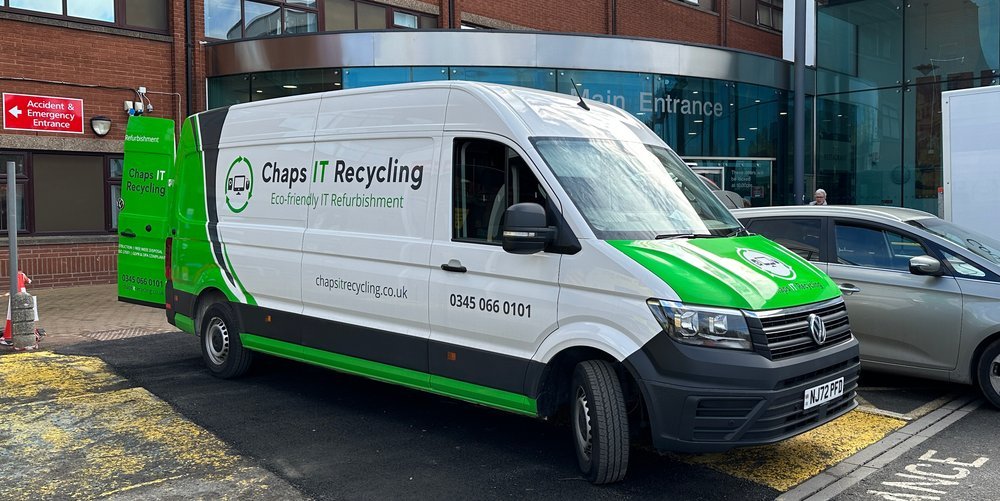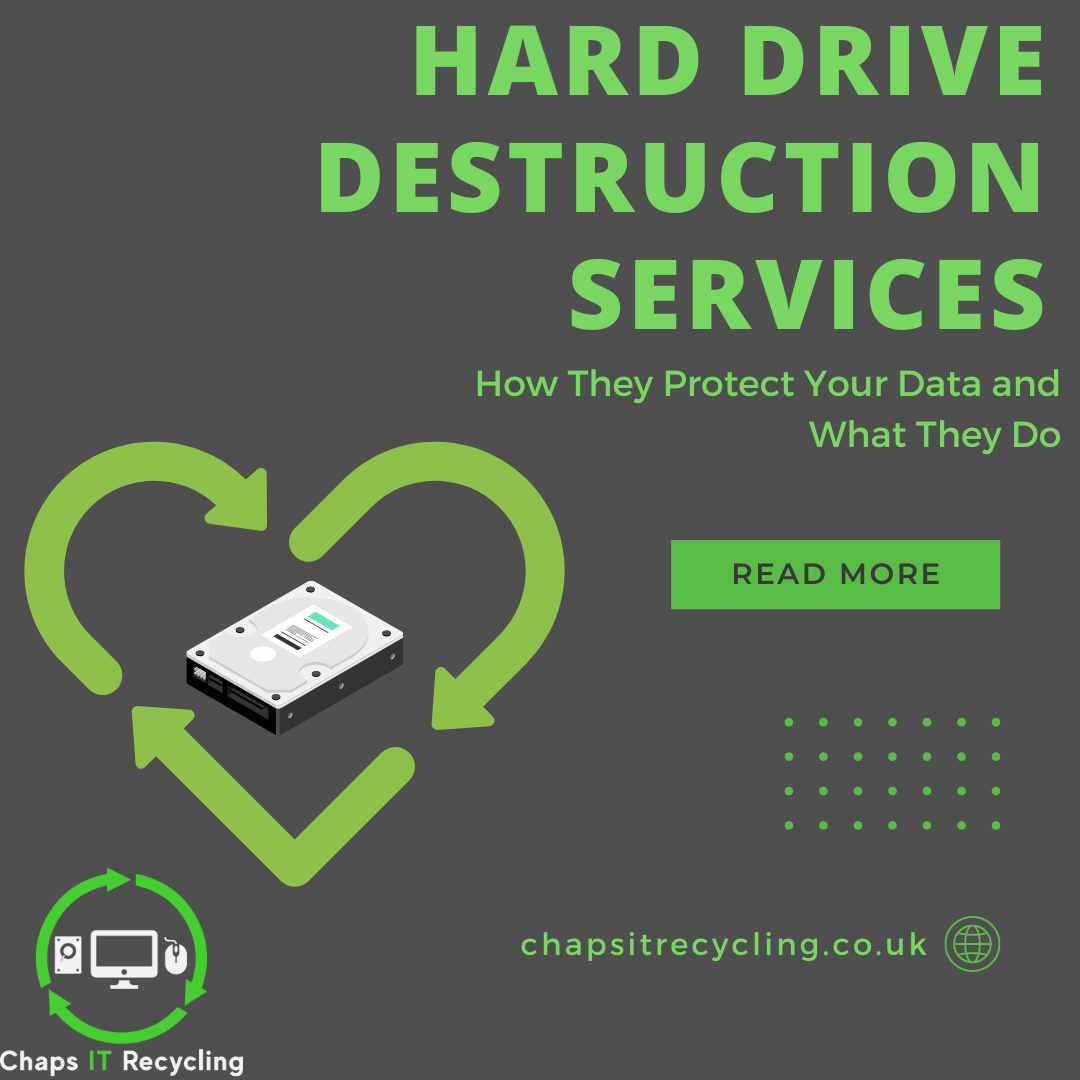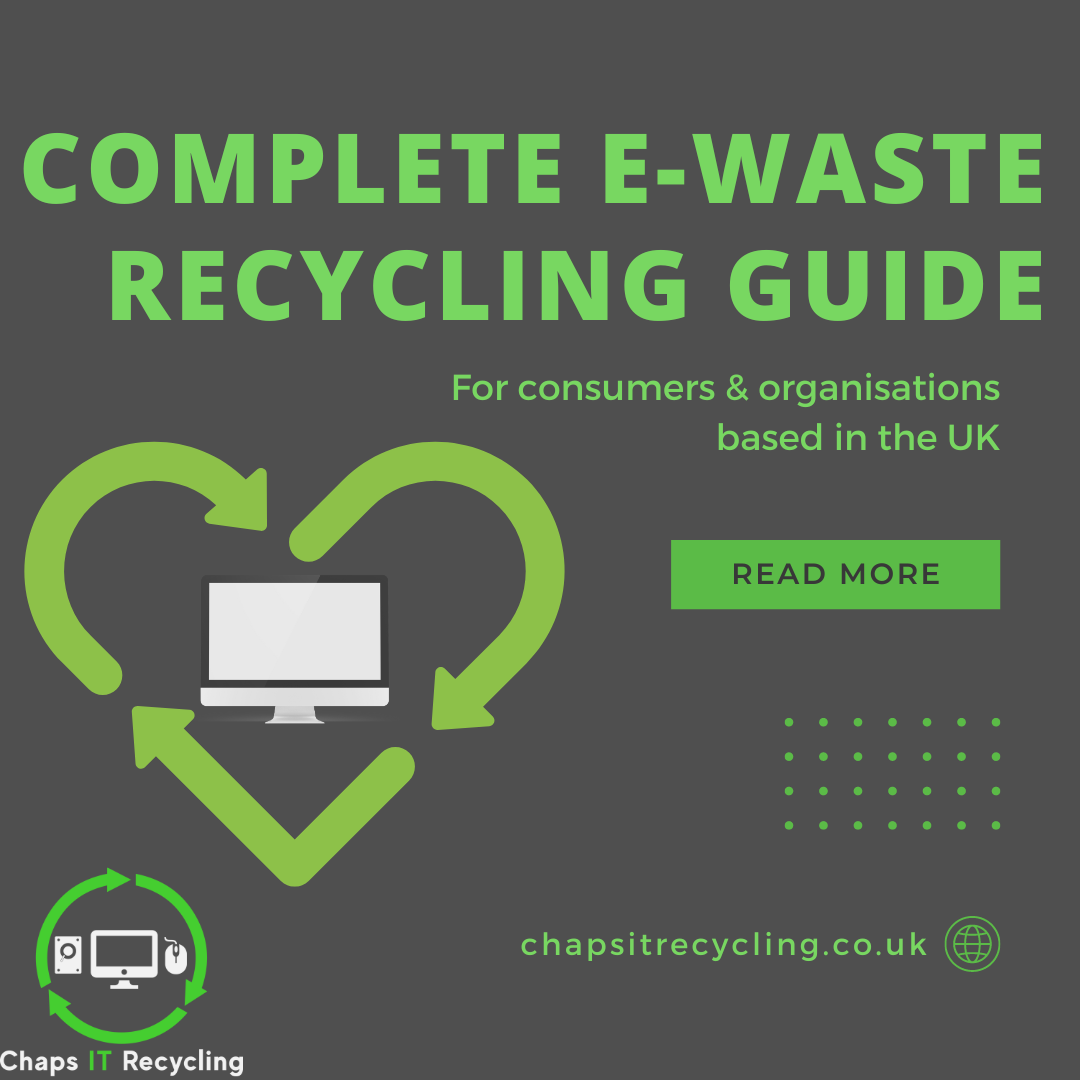What are the functions performed by hard drive destruction services?

Why is it necessary to securely destroy your hard drive?
Properly disposing of your computer hard drive is paramount to protecting sensitive company information from potential breaches. If a hard drive is not securely destroyed, it opens the door to various risks and consequences:
-
Financial Losses: Unauthorised access to sensitive company data can lead to financial losses through various means, including theft, fraud, or exploitation of proprietary information. This can result in direct financial losses, legal fees, and damage to your company’s reputation.
-
Data Security Breaches: When a hard drive is not securely destroyed, there’s a high risk of a data security breach. This breach could expose confidential business information, customer data, financial records, and other sensitive data to malicious actors such as hackers or identity thieves. Once compromised, this information can be exploited for fraudulent activities, industrial espionage, or other malicious purposes.
-
Non-Compliance with Data Protection & GDPR Regulations: Failing to securely destroy hard drives can also lead to non-compliance with data protection regulations such as the General Data Protection Regulation (GDPR). GDPR mandates strict rules for the protection of personal data. Improper disposal of hard drives containing personal information could result in hefty fines and legal penalties for your company.
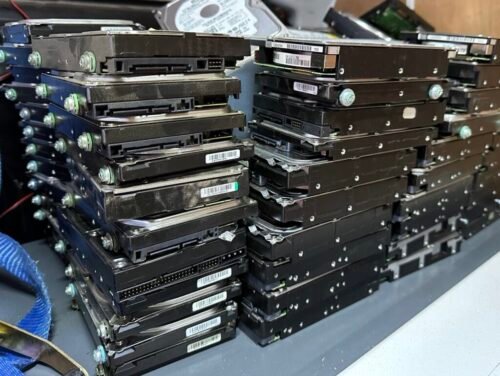
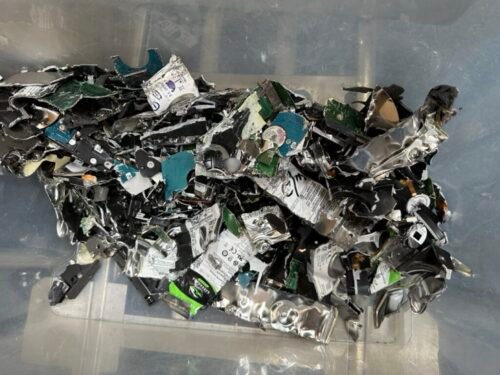
What Makes Shredding The Most Optimal Method Of Destroying Hard Drives?
Hard drive destruction entails physically shredding the device to render the information on it irretrievable. Typically, hard drives consist of multiple disks known as platters, and complete shredding ensures the destruction of all data on each platter. Newer SSDs or flash storage will have chips which hold the sensitive information. Which will also be destroyed.
While alternatives to shredding exist, such as formatting, degaussing, or software erasure data erasure, these methods do not always guarantee complete destruction of the information. Even punching or drilling holes in the hard drive may leave some data recoverable.
The effectiveness of these methods is can sometimes be limited because specialised software can still potentially recover the data. Therefore, the most reliable approach is to thoroughly shred the hard drive into small fragments that cannot be reassembled.
However the shred may be recycled, this may not be the most environmentally friendly method as recovering the precious materials from the hard shredded drives is much more difficult.
We can offer various solutions to match your organisations internal policies & advise of the best methods. Please Contact Us
What are the differences between hard drive destruction software and shredding as methods of disposal? The two primary options for managing obsolete hard drives are:Wiping the data from the hard drive using hard drive destruction software, also referred to as data cleaning or data sanitisation.Completely destroying the hard drive by physically shredding it, rendering the pieces irrecoverable and the data inaccessible.Let's examine the advantages and disadvantages of each approach:
Wiping Data Using Hard Drive Destruction Software:
Pros:
- Environmentally friendly: It avoids the generation of electronic waste associated with physical destruction.
- Allows reuse: If the hard drive is to be reused or repurposed, wiping the data using software allows for continued use of the device.
Cons:
- The hard drive will need to be fully working in order to utilise the wiping software: This means if the data cannot be destroyed via software it will have to be physically destroyed.
- Time-consuming: Depending on the size and capacity of the hard drive, data wiping using software can be time-consuming, especially for large volumes of data.

Physically Shredding the Hard Drive:
Pros:
- Complete destruction: Shredding the hard drive physically ensures that the data is irreversibly destroyed, providing a high level of security.
- Compliance with regulations: Physical destruction may be necessary to comply with your internal company policies.
Cons:
- Cost: Physical destruction methods, such as shredding, can be more expensive compared to software-based solutions and an external company may need to be employed to destroy a large quantity of data bearing assets.
- Generation of waste: Shredding hard drives generates electronic waste, which although possible to recycle correctly, can be difficult to recover the precious metals.
- Inability to reuse: Once shredded, the hard drive cannot be reused or repurposed, resulting in a loss of functionality.
Ultimately, the choice between wiping data using software and physically shredding the hard drive depends on factors such as security requirements, cost considerations, environmental concerns, and regulatory compliance obligations.
To what extent can professional hard drive destruction services be considered secure?
Utilising a hard drive destruction service is widely considered the most secure method for destroying a hard drive, given that the service provider employs secure practices and is deemed trustworthy.
A reputable hard drive shredding company will do the following:
- Opting to internally shred the hard drives rather than outsourcing the task to a third party can enhance control and security over the destruction process.
- Collect your hard drives in the secure containers and either:
- shred them on-site in a specialist mobile shredding vehicle, or
- take the hard drives (in the secure containers) to shred at their premises
- Use industrial-grade shredders to shred the hard drives into small pieces so the data can’t be recovered
- Have highly trained, DBS-vetted staff with a tracked fleet of vehicles and audited reporting
- Give you a certificate of destruction after destroying the hard drives including a report which notes down all IT assets which were collected
- Have live testimonials from other customers advising of their previous work.
- Have relevant certification, such as the following:
- Certificate of registration with the Information Commissioner’s Office
- Contracts and agreements in place signed by the organisation and recycler which are GDPR and DPA compliant
- Provide Waste transfer notes at the time of collection.
- ISO certification and environmental licenses or exemptions that prove the organisation is certified to collect, process and destroy or resell confidential materials and do so in an environmentally friendly way.
- The organisation holds the correct insurances to carry out such work.
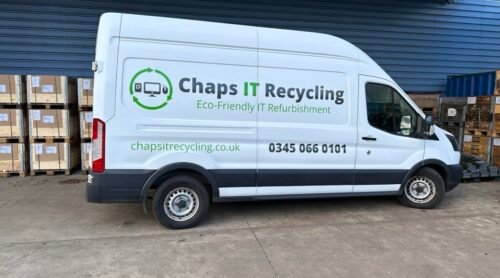
How can the security of hard drive destruction procedures be enhanced?
Opting for a professional hard drive destruction service ensures data safety. However, for additional security measures:
- Choose on-site destruction to oversee the process and ensure transparency regarding your data’s handling.
- Before handing the hard drive over for shredding, consider wiping them using either of the following methods:
a. Utilise hard drive destruction software, although this process may be time-consuming and the data could still be recoverable.
b. Implement magnets to degauss the disk, effectively scrambling the data and making it unreadable. Note that while degaussing doesn’t destroy the data, it significantly complicates its recovery if it falls into unauthorised hands.
Our solution is secure and we guarantee complete data destruction and secure collection ensuring your data bearing assets will not fall into the wrong hands before it is destroyed. We covered how to ensure your data is safe during an IT refresh in a previous blog article.
What is the purpose of a certificate of destruction for hard drives?
Any credible IT Recycling company should provide a certificate of secure data destruction for the data media they destroy.
A certificate of destruction is a formal document the recycling company issues as evidence it has processed of your hard disks (or any other confidential waste data media) securely.
Each data bearing asset which has been wiped should be supplied with a data destruction certificate. Each data bearing asset will be supported with a certificate from our third party data destruction provider advising we have carried out a secure method of data destruction too the asset.
The main purpose of a certificate of destruction is:
To demonstrate that your company’s sensitive data is no longer at risk and your company is complying with relevant data protection & GDPR regulations. The certificate and reporting is part of your audit trail and will help protect your company during an audit or if it faces any legal action.
As an IT Asset Disposal Company we specialise in the secure removal and destruction of data and sensitive information from a range of equipment. We have created multiple blog posts to help users out when recycling their old electronics and explain the importance of Secure Data Destruction.
- 5 Easy Steps to Ensure Your Hard Drive Is Completely Wiped Before Giving IT Away
- How to securely dispose of an SSD
- How to safely Get Rid of a Computer That No Longer Works
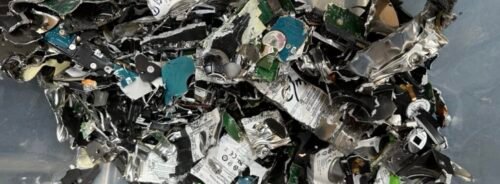
What is the purpose of a certificate of destruction for hard drives?
Any credible IT Recycling company should provide a certificate of secure data destruction for the data media they destroy.
A certificate of destruction is a formal document the recycling company issues as evidence it has processed of your hard disks (or any other confidential waste data media) securely.
Each data bearing asset which has been wiped should be supplied with a data destruction certificate. Each data bearing asset will be supported with a certificate from our third party data destruction provider advising we have carried out a secure method of data destruction too the asset.
The main purpose of a certificate of destruction is:
To demonstrate that your company’s sensitive data is no longer at risk and your company is complying with relevant data protection & GDPR regulations. The certificate and reporting is part of your audit trail and will help protect your company during an audit or if it faces any legal action.
What does a compliant & competent Report & Certificate of secure data destruction look like?
This will vary from company to company, however Chaps IT Recycling pride ourselves in providing an enhanced report with all our collections, which will usually contain a lot more information over our competitors.
- The date the certificate was issued
- Supporting Certificates for each data bearing assets where a software wipe was carried out
- Your company’s name and contact
- The date the assets were collected
- The Date the assets were processed
- The way in which the assets data bearing assets were processed
- A unique report number
- A signature to confirm the waste has been collected, handled and destroyed securely
- Each collected asset with Make, Model, Serial number, Hard Drive Serial Number, Your Reference, Our Reference, Method of Data Destruction.



